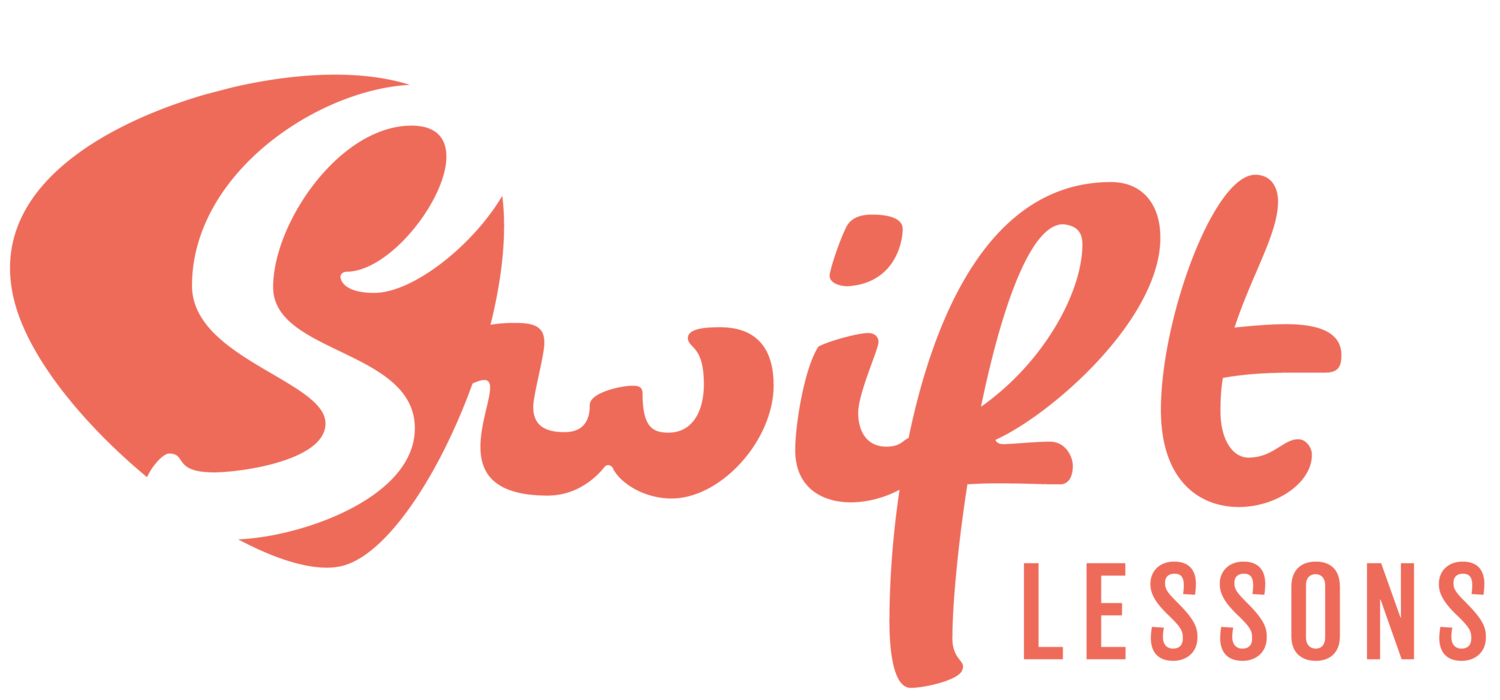Signature Sounds: Kurt Cobain
By Mike Southerton
For me, trying to remember the first time I heard Nirvana is like remembering a dream: it never starts with an image, it starts with a feeling. I was young, maybe 8 or 9, and my world was still very small. Top 40 radio in the 80s and early 90s was pretty saccharine; even metal had become pretty sugar coated and polished with the burgeoning glisten of the digital age. And then came Nirvana.
“Smells Like Teen Spirit” begins like a dull pain. Dry chords on dead strings that feel a little too quiet. But by the time you reached for the volume knob, Dave Grohl’s explosive snare shots were already calling upon a new wall of sound, and Kurt Cobain’s unruly guitar tones were putting to rest the era of hair metal and summoning the age of grunge.
If there was an “I still haven’t found what I’m looking for” introspection to the 80s, Kurt Cobain’s massive power chords ended the search with a wall of angst and aggression. And in 1994, when the band released Unplugged, Kurt showed what maybe we had been looking for all along, a quiet space where angst and introspection meet. The guitar god had become the voice of his generation.
And while we might not all have the poetic prowess of Kurt Cobain, his guitar tones and sonic signature can be very easily reproduced. Despite his own success, it seems almost everything Kurt Cobain did eschewed the mainstream, and his guitar tones are no different. In an era when analog studios were being rebuilt and outfitted with the latest digital outboard processors and recorders, Kurt’s tone relied heavily on simple stompboxes that are extremely affordable even today: the Boss DS-2 and Electro-Harmonix Small Clone chorus. Let’s take a look at how you can dial in Kurt’s signature sounds.
Boss DS-2 Distortion
The Boss DS-2 Distortion pedal’s predecessor (DS-1) was released in 1978, and immediately provided guitarists with a solution to a problem that had plagued them through much of the 70s: how to add more distortion to their rig without cranking the amp to ear-splitting levels. As high gain amps became more and more the rage in the 80s, a lot of players used the Turbo Distortion as something of a boost, adding a bit more edge to an already overdriven sound.
But when you listen to songs like “In Bloom” and “Drain You,” it’s clear Kurt is not trying to be subtle. To get those aggressive Nevermind tones, don’t hesitate to crank the Distortion and Level knobs all the way up.
The Boss DS-2 sometimes takes a little heat from folks who might consider themselves gear-heads. The distortion gets compressed and lacks clarity the further you push it. And the pedal is very bright sounding. You’re probably not going to want to push the Tone knob past noon to capture Kurt’s sound. But although this pedal is an awesome platform for modification, (and there are many great builders with their own custom DS-2 mods) it cannot be denied that everything that some might say is “wrong” about the DS-2 made it perfect for Kurt. The bright, sludgy distortion was a direct affront to the pristine tones of the 80s, and even though the pedal had been around for a decade before Nirvana, it truly found its home as the foundation of grunge.
Electro-Harmonix Small Clone Chorus
Famous for providing shimmering modulation in songs like “Every Breath You Take”, chorus pedals like the Boss CE-2 and the Electro-Harmonix Small Clone ruled the 80s. A slow, sweeping chorus can add touch of depth and polish to a track. Speed it up and you can start to get some Leslie tones.
Like the Boss DS-2, however, the Small Clone found new life in Kurt’s rig. Keep the Depth switch in the “up” position for maximum depth and leave the Rate knob dialed right in the center, and you’ll instantly start to see why the Small Clone was a staple of Kurt’s rig throughout his career. Paired with a Robbie Krieger-style snakey guitar line, the Small Clone on “Come as You Are” harkens back to something very familiar, but presents itself as something totally new, a haunting evolution of tone and style.
While Kurt used several other pedals in his rig, the Boss DS-2 and Electro-Harmonix Small Clone are great pedals to start your journey. In addition to being a huge part of Kurt’s sound, they are some of the most popular pedals of all time and can help you dial the sounds of artists like Billy Corgan, John Frusciante, and J Mascis. Even better, they might help you discover your own Signature Sound!
Dialed in Kurt’s sound? Discovered something new? Share your signature tones and sonic clones by tagging @swiftguitarlessons on Instagram or hashtagging #myowntones.
Mike Southerton is an educator and musician living outside of Philadelphia. His sonic journey began with a karaoke machine, a knock-off strat, and a Cry Baby given to him by his grandmother on his 16th birthday. You can follow his music on Instagram @southertonsongs.




